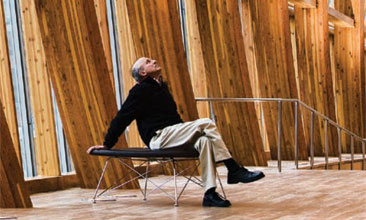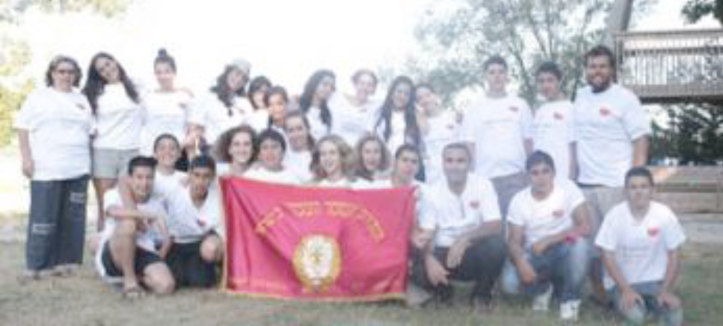What makes great art is an ongoing subject for debate, but according to Matthew Teitelbaum, the Art Gallery of Ontario’s director and CEO, “exceptional art needs to emanate beauty or a sense of pleasure and at the same time empowers one to think differently about the world.”
Under Teitelbaum’s leadership, the AGO, situated in the heart of Toronto’s downtown Grange Park district, has come to embody an aesthetic beauty, powerfully visible in the spectacular $276 million redesign known as Transformation AGO (it was conceived and created by renowned architect Toronto-born Frank Gehry). Since it reopened in 2008, Teitelbaum is confident that the AGO has evolved into an institution “that responds to the very specific needs of the audiences,” welcoming millions of visitors. But at the very core of the AGO’s success is Teitelbaum’s solid vision and uncompromising dedication to making the AGO an institution that serves its community.
Seated at a round table in a simple meeting room, Teitelbaum, 56, stirs his tea while looking patiently through his rimless glasses. Wearing a conservative gray suit and skinny tie, he speaks softly, making every word count. Teitelbaum has been the Michael and Sonja Koerner Director and CEO of the AGO, one of Canada’s largest and most important museums, since 1998. Given his accomplishments, Teitelbaum could be intimidating, yet it takes only a few minutes to realize that he has an active and dry humorous side, and infuses witty one-liners throughout his conversation. His impressive and lengthy CV is intimidating, but Teitelbaum has an easy way with people, and quite naturally blends that with an enthusiasm for the gallery and its world-class exhibitions.



